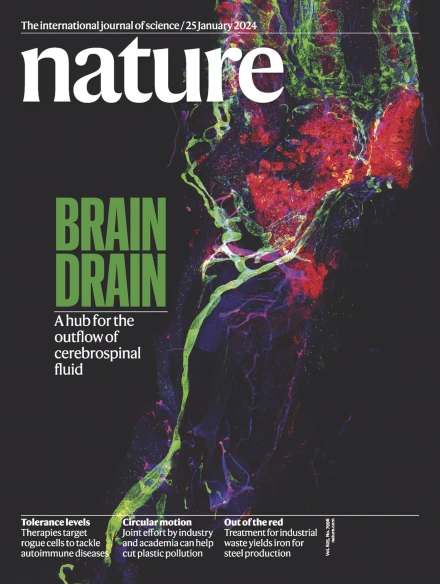狩猎采集者的海上航行延伸到了最遥远的地中海岛屿
IF 48.5
1区 综合性期刊
Q1 MULTIDISCIPLINARY SCIENCES
引用次数: 0
摘要
马耳他群岛是一个小岛链,是地中海最偏远的岛屿之一。人们一直认为,直到大约7500年前,该地区转向新石器时代的生活方式,人类才到达并居住在这样小而孤立的岛屿上。在标准观点中,小岛屿有限的资源和生态脆弱性,再加上长途航海的技术挑战,意味着狩猎采集者要么不能,要么不愿进行这些旅行。在这里,我们描述了时间、考古、动物和植物数据,这些数据支持全新世狩猎采集者在马耳他群岛上的存在。在这个时候,马耳他的地理结构和海平面与今天的大致相同,因此需要从最近的陆地西西里岛到大约100公里的海上距离。职业开始于公元前8.5年左右,可能一直持续到公元前7.5年左右。这些狩猎采集者利用陆地动物,但也能够利用海洋资源和鸟类,帮助维持这些群体在一个小岛上的生存。我们的发现记录了迄今为止已知的地中海最长的狩猎-采集者海上穿越,提出了在更广泛的地区存在未知的、早熟的联系的可能性。本文章由计算机程序翻译,如有差异,请以英文原文为准。


Hunter-gatherer sea voyages extended to remotest Mediterranean islands
The Maltese archipelago is a small island chain that is among the most remote in the Mediterranean. Humans were not thought to have reached and inhabited such small and isolated islands until the regional shift to Neolithic lifeways, around 7.5 thousand years ago (ka)1. In the standard view, the limited resources and ecological vulnerabilities of small islands, coupled with the technological challenges of long-distance seafaring, meant that hunter-gatherers were either unable or unwilling to make these journeys2–4. Here we describe chronological, archaeological, faunal and botanical data that support the presence of Holocene hunter-gatherers on the Maltese islands. At this time, Malta’s geographical configuration and sea levels approximated those of the present day, necessitating seafaring distances of around 100 km from Sicily, the closest landmass. Occupations began at around 8.5 ka and are likely to have lasted until around 7.5 ka. These hunter-gatherers exploited land animals, but were also able to take advantage of marine resources and avifauna, helping to sustain these groups on a small island. Our discoveries document the longest yet-known hunter-gatherer sea crossings in the Mediterranean, raising the possibility of unknown, precocious connections across the wider region. Archaeological discoveries from Malta suggest that humans were present on the Maltese islands from around 8,500 years ago, providing evidence that Mesolithic hunter-gatherers made sea crossings as long as 100 km.
求助全文
通过发布文献求助,成功后即可免费获取论文全文。
去求助
来源期刊

Nature
综合性期刊-综合性期刊
CiteScore
90.00
自引率
1.20%
发文量
3652
审稿时长
3 months
期刊介绍:
Nature is a prestigious international journal that publishes peer-reviewed research in various scientific and technological fields. The selection of articles is based on criteria such as originality, importance, interdisciplinary relevance, timeliness, accessibility, elegance, and surprising conclusions. In addition to showcasing significant scientific advances, Nature delivers rapid, authoritative, insightful news, and interpretation of current and upcoming trends impacting science, scientists, and the broader public. The journal serves a dual purpose: firstly, to promptly share noteworthy scientific advances and foster discussions among scientists, and secondly, to ensure the swift dissemination of scientific results globally, emphasizing their significance for knowledge, culture, and daily life.
 求助内容:
求助内容: 应助结果提醒方式:
应助结果提醒方式:


